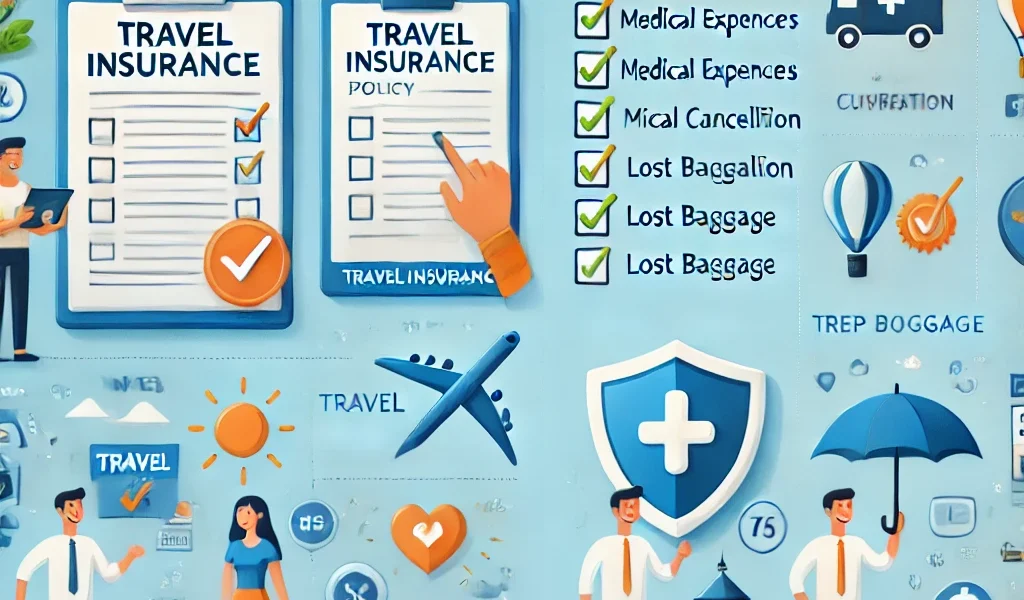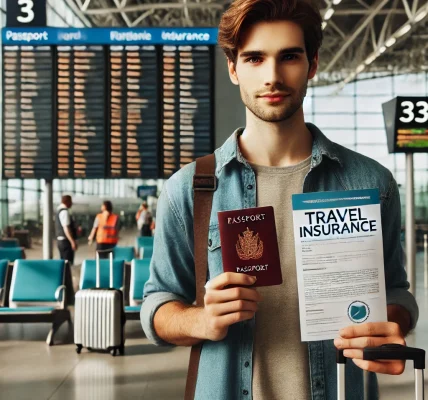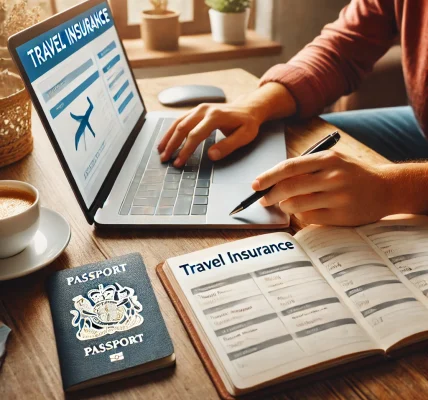Introduction
Traveling is an enriching experience, but unforeseen events such as flight cancellations, medical emergencies, lost baggage, or travel delays can disrupt your plans. Travel insurance provides financial protection and peace of mind in such situations. However, selecting the right travel insurance can be overwhelming due to the numerous options available in the market.
This guide will help you understand the key factors to consider when choosing the best travel insurance policy tailored to your needs. Whether you are a frequent traveler, a business professional, or a leisure tourist, these expert tips will simplify your decision-making process.
Why Do You Need Travel Insurance?
Many travelers underestimate the importance of travel insurance, assuming they won’t need it. However, here are some compelling reasons why it’s essential:
- Medical Emergencies Abroad: Hospitalization costs in a foreign country can be extremely high.
- Trip Cancellations or Delays: Unforeseen events like bad weather, airline strikes, or personal emergencies can lead to cancellations.
- Lost or Delayed Baggage: Airlines mishandling luggage can cause inconvenience and extra expenses.
- Theft or Loss of Belongings: Losing passports, wallets, or expensive gadgets can create major travel hurdles.
- Emergency Evacuation: In case of natural disasters or political unrest, insurance can cover evacuation costs.
Now that you understand why travel insurance is necessary, let’s explore how to choose the best one.
Step 1: Determine Your Travel Needs
Before purchasing a travel insurance policy, identify your specific travel needs based on:
- Destination: Different countries have different medical costs and travel risks.
- Trip Duration: Longer trips may require extensive coverage.
- Activities Planned: If you’re engaging in adventure sports, you may need additional coverage.
- Traveler Type: Are you a solo traveler, family, or business traveler?
- Existing Coverage: Check if your credit card or health insurance offers some travel benefits.
By assessing these factors, you can choose a policy that fits your unique requirements.
Step 2: Compare Different Types of Travel Insurance
There are several types of travel insurance plans available. Here’s an overview:
1. Single-Trip vs. Multi-Trip Insurance
- Single-Trip Insurance: Ideal for occasional travelers covering one trip.
- Multi-Trip Insurance: Best for frequent travelers covering multiple trips in a year.
2. Comprehensive Travel Insurance
- Covers medical expenses, trip cancellations, lost baggage, flight delays, and emergency evacuations.
- Recommended for international trips and long-duration travels.
3. Medical-Only Travel Insurance
- Focuses on health-related emergencies abroad.
- Ideal for those who already have flight and baggage protection elsewhere.
4. Group Travel Insurance
- Covers multiple travelers under a single policy.
- Suitable for families, corporate teams, and tour groups.
5. Student Travel Insurance
- Specifically designed for students traveling abroad for studies.
- Includes tuition fees reimbursement, medical coverage, and personal liability protection.
Step 3: Key Features to Look for in a Travel Insurance Policy
To select the best policy, ensure it offers the following essential features:
1. Medical Coverage
- Hospitalization expenses
- Emergency medical evacuation
- Repatriation of remains
2. Trip Cancellation and Interruption
- Reimbursement for non-refundable trip expenses due to emergencies.
3. Lost or Delayed Baggage
- Compensation for lost, stolen, or delayed luggage.
4. Flight Delays and Missed Connections
- Coverage for additional expenses due to extended delays.
5. Personal Liability Insurance
- Protection in case of accidental damages to third parties.
6. Adventure and Sports Coverage (Optional)
- Required for high-risk activities like scuba diving, skiing, or trekking.
Step 4: Compare Insurance Providers
Not all insurance providers offer the same level of coverage and service. Here’s how to evaluate them:
- Reputation and Reviews: Check online reviews and ratings from other travelers.
- Claim Settlement Ratio: A higher ratio indicates a better chance of hassle-free claims.
- Customer Support: 24/7 assistance is crucial, especially for international travelers.
- Policy Exclusions: Read the fine print to avoid surprises during claims.
Use online comparison websites to analyze multiple policies side by side.
Step 5: Understand Policy Exclusions and Limitations
Every policy has exclusions. Some common ones include:
- Pre-existing medical conditions (unless specified)
- Injuries from high-risk activities (unless covered under an add-on)
- Travel to high-risk or war-affected areas
- Loss due to negligence (e.g., unattended baggage)
- Self-inflicted injuries or alcohol/drug-related incidents
Make sure to clarify these points with the insurer before purchasing the policy.
Step 6: Cost vs. Coverage – Finding the Right Balance
While it’s tempting to choose the cheapest policy, it may not always provide adequate protection. Instead, focus on:
- Value for money rather than just price.
- A balance between affordability and comprehensive coverage.
- Understanding premium variations based on coverage options.
Many insurers allow customization, so choose add-ons that suit your specific travel needs.
Step 7: Read the Fine Print Before Purchasing
Before finalizing the policy:
- Carefully read the terms and conditions.
- Confirm the claim process and documentation requirements.
- Check the refund or cancellation policy in case you change your travel plans.
Step 8: Purchase from a Reliable Source
You can buy travel insurance through:
- Directly from insurance companies (via websites or agents)
- Travel agencies offering bundled insurance with flights
- Online insurance comparison platforms
- Banks or credit card providers offering insurance as a benefit
Ensure the provider is licensed and reputable to avoid fraudulent policies.
Step 9: Keep Important Documents Handy
After purchasing travel insurance:
- Save a soft copy of your policy on your phone and email.
- Print a hard copy for emergencies.
- Note down emergency contact numbers of your insurer.
Having these details accessible makes it easier to claim benefits if needed.
Conclusion
Choosing the best travel insurance requires careful evaluation of your needs, understanding policy features, and comparing different providers. A well-selected policy provides financial security and peace of mind, ensuring you enjoy your travels without unnecessary worries.




